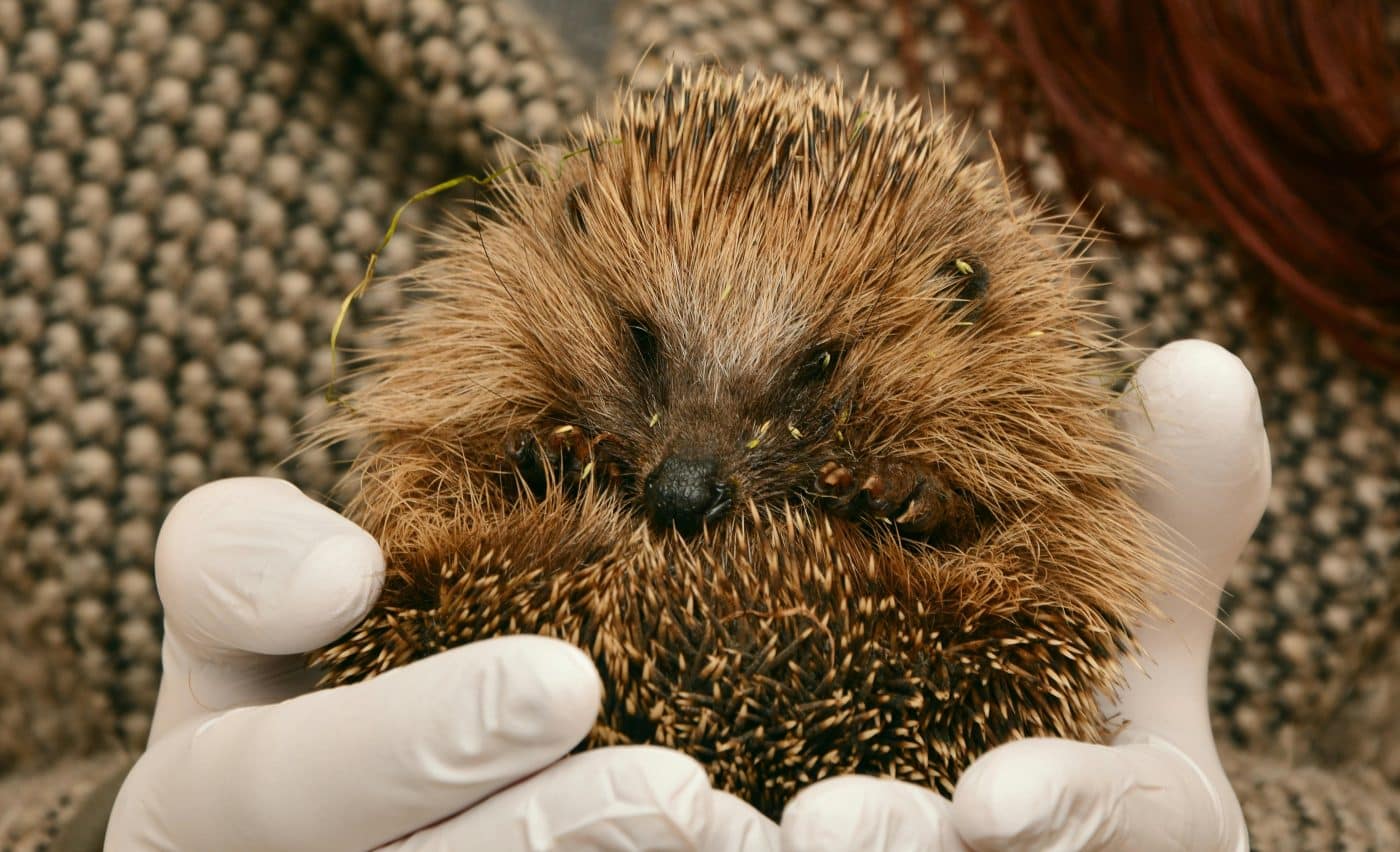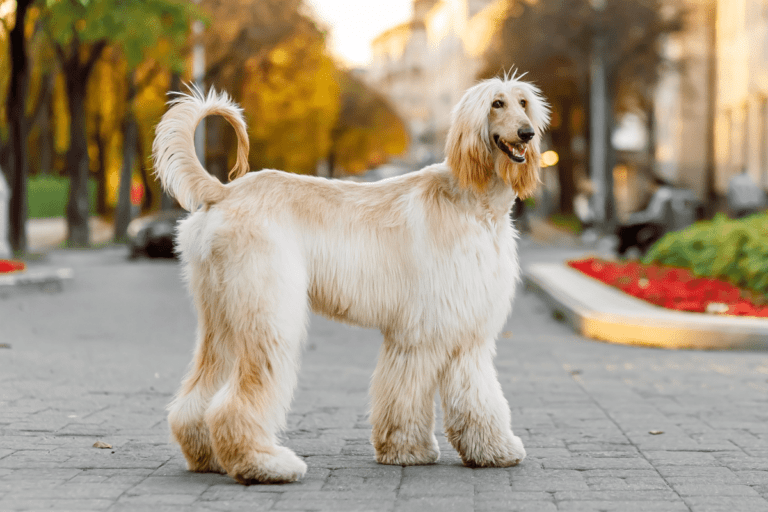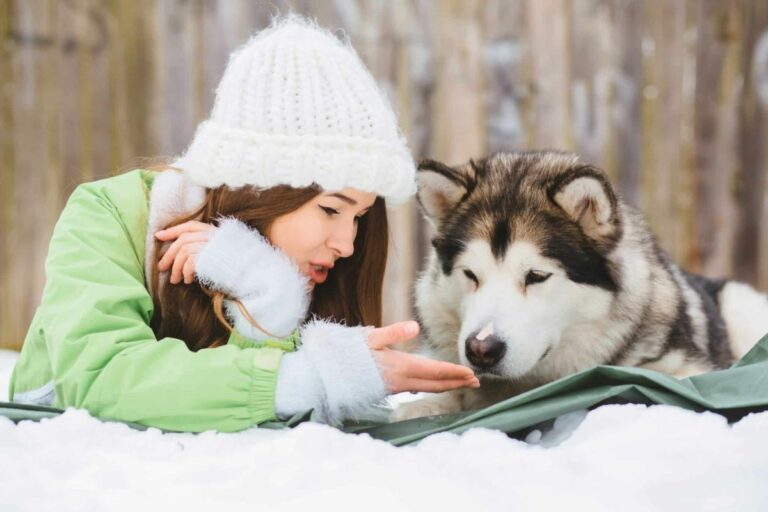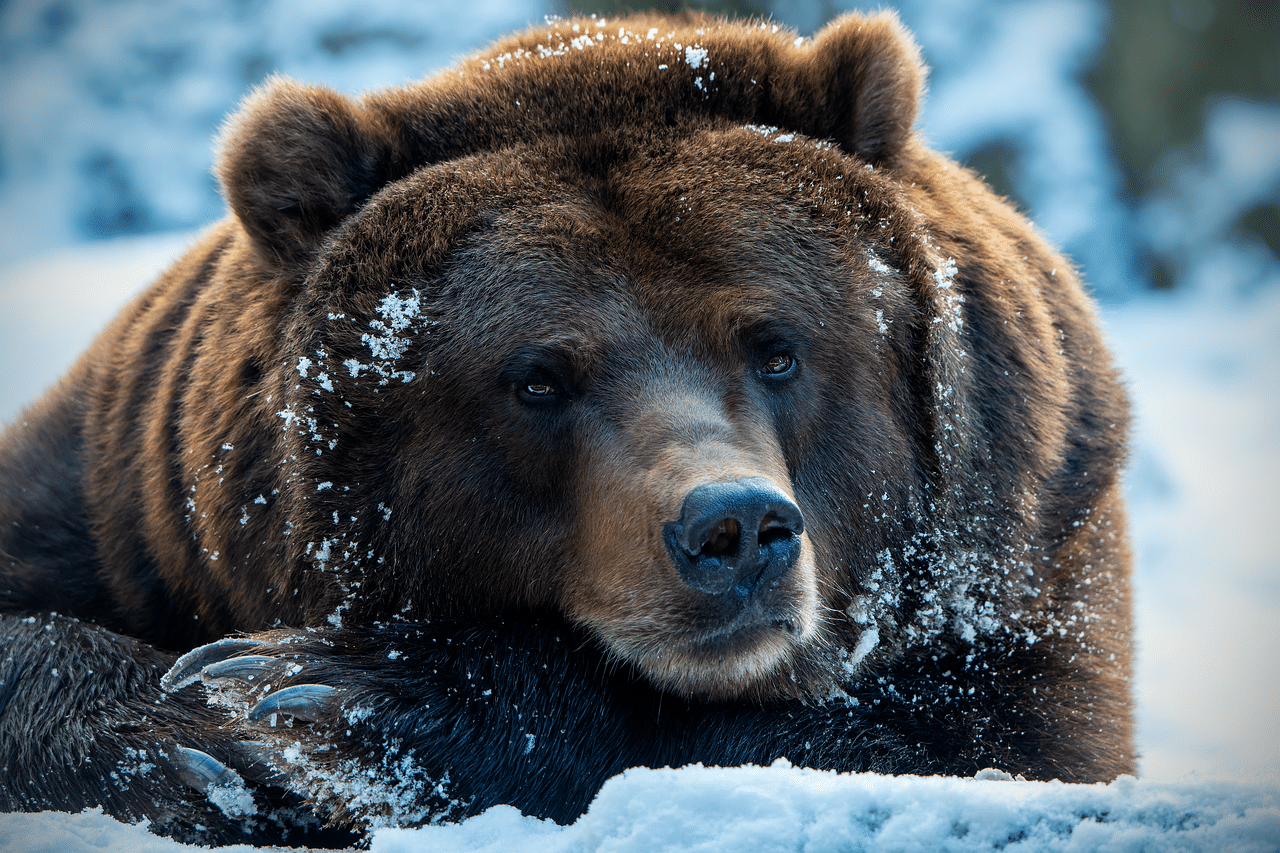 Shutterstock
Shutterstock
When the cold weather arrives and food becomes scarce, some animals tap into one of nature’s most impressive survival strategies—hibernation. Instead of enduring harsh conditions, these creatures slow their metabolism, lower their body temperatures, and enter deep, energy-conserving slumbers that can last weeks or even months. While most animals seek shelter during winter, hibernators take it to the next level with incredible adaptations. Hibernation in the animal kingdom is filled with jaw-dropping survival feats, showcasing the lengths these creatures go to to thrive through the coldest months.
Some Frogs Freeze Solid—and Come Back to Life
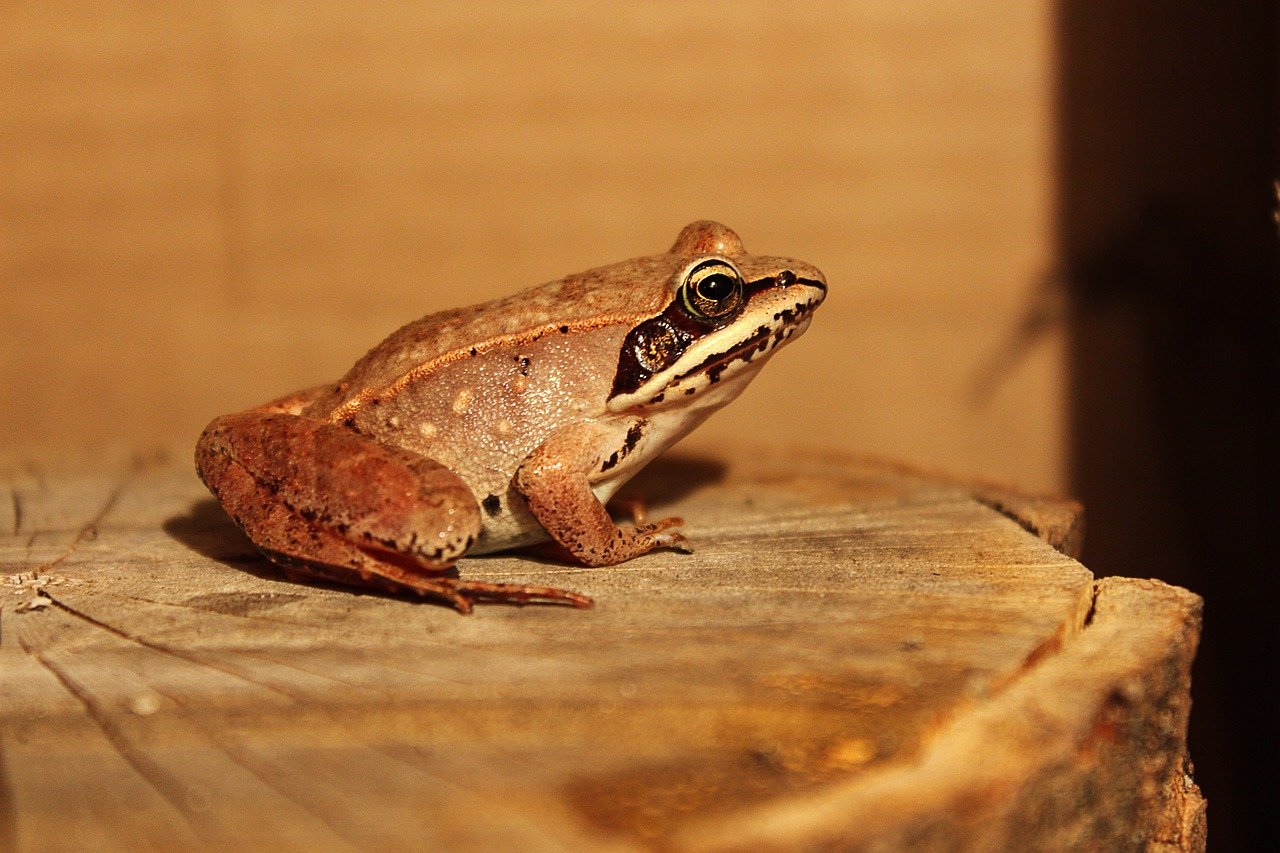

Wood frogs have an extraordinary ability to survive the cold by freezing solid during winter. As temperatures drop, their bodies undergo an incredible transformation—they essentially become ice cubes. Yet, despite this extreme freeze, their blood contains antifreeze-like substances that allow them to thaw in spring without any harm. Imagine turning into a frozen block and then casually thawing out to hop around, completely unscathed—nature’s power at its finest.
Hedgehogs Curl Up and Sleep for Months
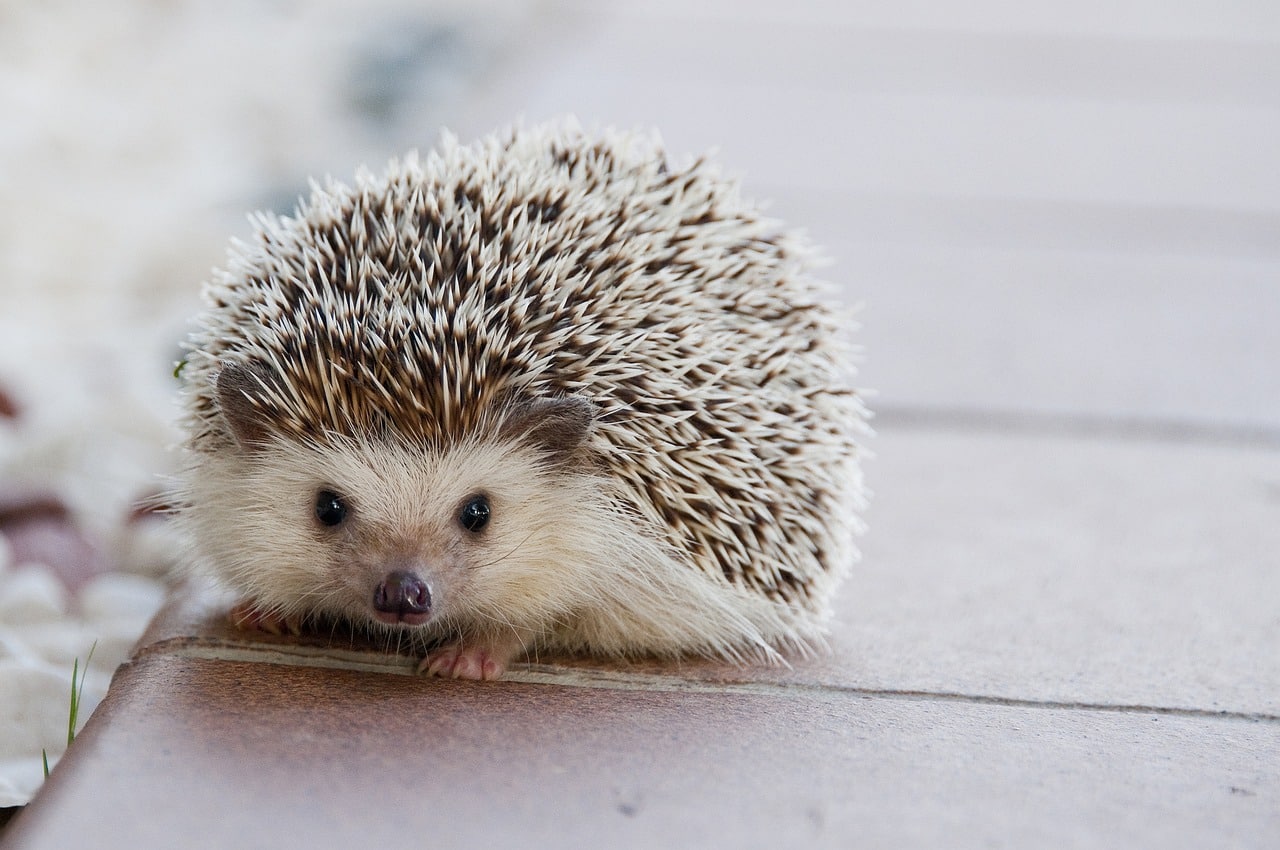

Hedgehogs are known for their spiky exterior, but they also use that same feature to survive the winter. When it’s time to hibernate, they curl into tight little balls to reduce heat loss, making sure their energy lasts through the cold. In some colder regions, they sleep up to six months in their cozy nests, living off fat reserves. The spines may deter predators, but during hibernation, those sharp points are what help these animals stay safe while they rest.
Some Bats Sleep Upside Down Through the Cold Months
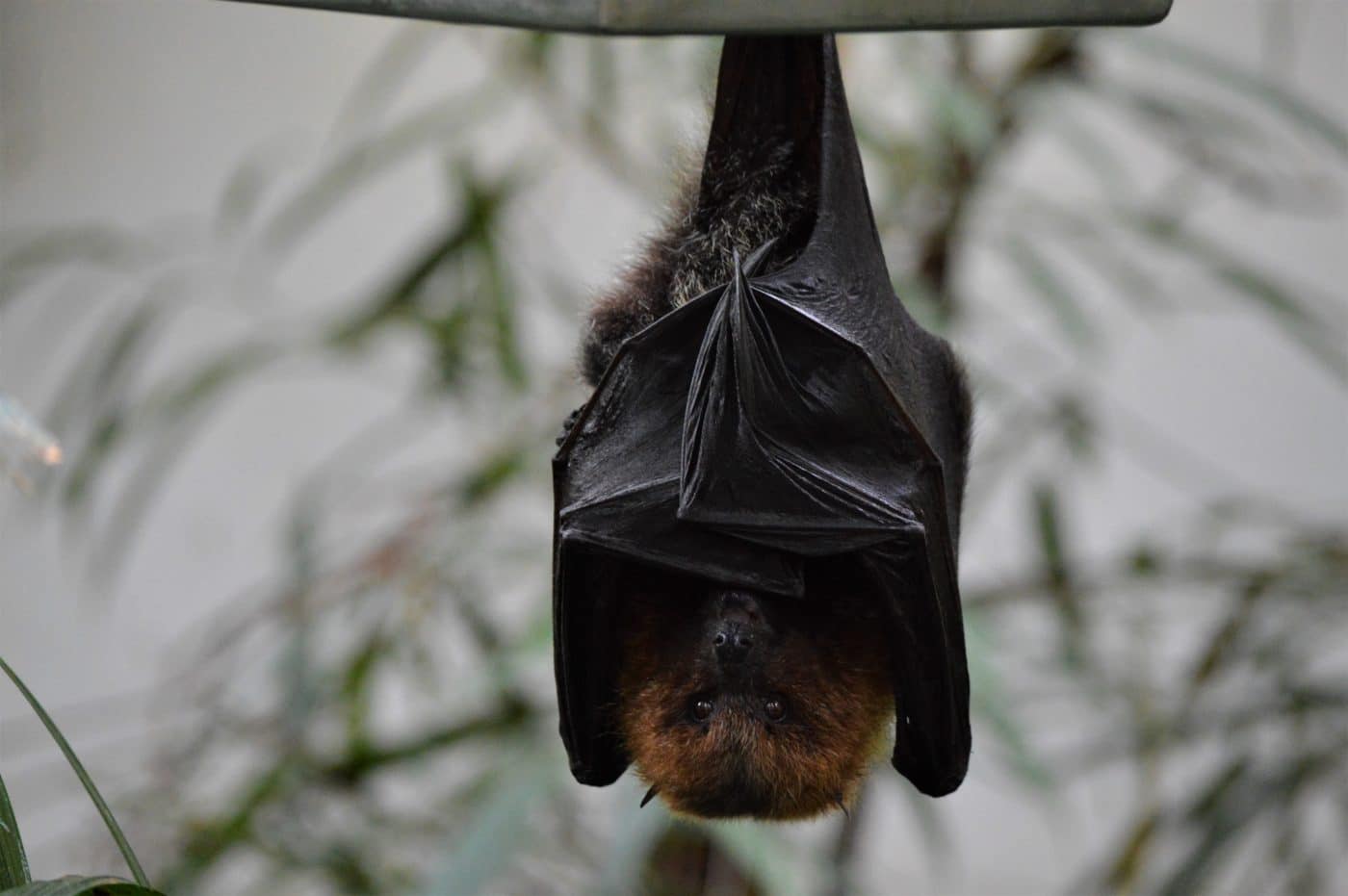

Bats are not just great fliers, but also excellent hibernators, choosing to rest upside down during the cold months. They drop their body temperature to near freezing, slowing their metabolism so they can survive on limited energy reserves. This sleeping position allows bats to stay hidden in caves, tree hollows, or even attics while they ride out winter. But waking up too soon can leave them vulnerable—so the longer they stay undisturbed, the better their chances of surviving the season.
Snakes Enter “Brumation” for Winter Survival
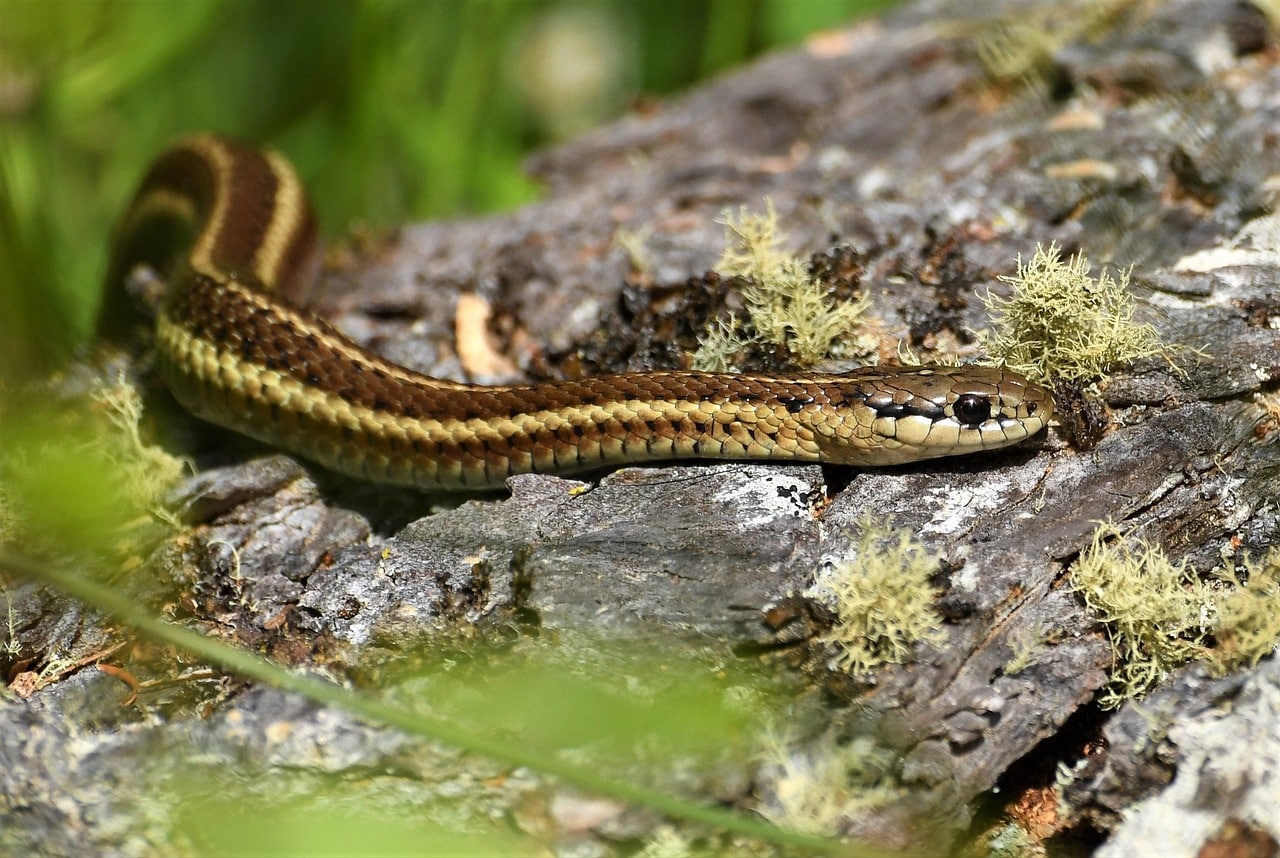

Unlike true hibernation, snakes enter a state called brumation. Their metabolism significantly slows, but they may wake occasionally to drink water. They often huddle in large, underground dens known as hibernacula with hundreds of others to stay warm. In this semi-dormant state, they remain relatively inactive until the weather warms up—emerging to bask in the sun and hunt when they feel the temperature rise.
Turtles Can Breathe Through Their Butts to Survive the Cold
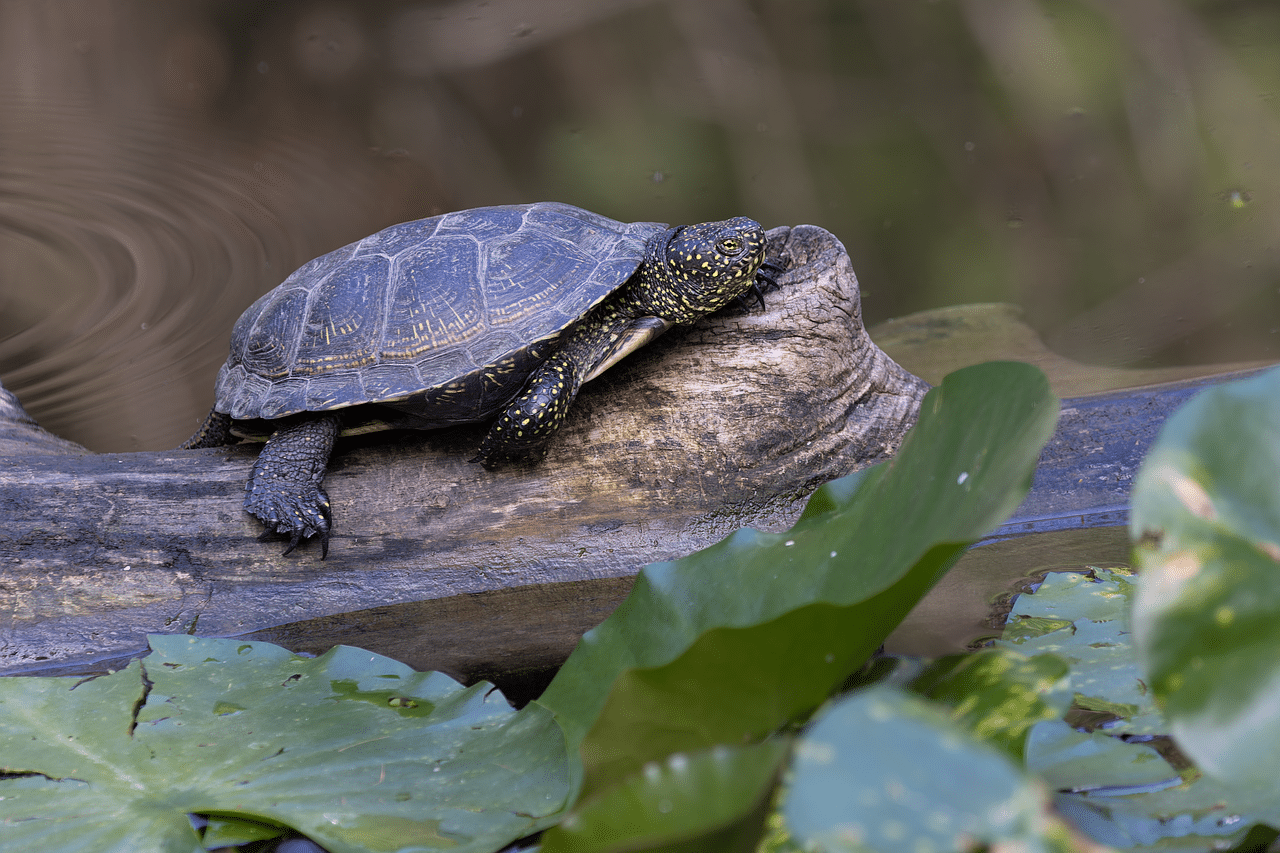

Yes, turtles can breathe through their cloaca, a special multi-purpose opening, when they hibernate underwater. During the frigid winter months, they settle at the bottoms of frozen ponds, reducing their metabolism to near zero and relying on cloacal respiration to absorb oxygen. This fascinating adaptation allows them to remain submerged for months without needing to surface for air. Who knew that an animal could survive through such an unconventional method?
Groundhogs Are the Ultimate Deep Sleepers
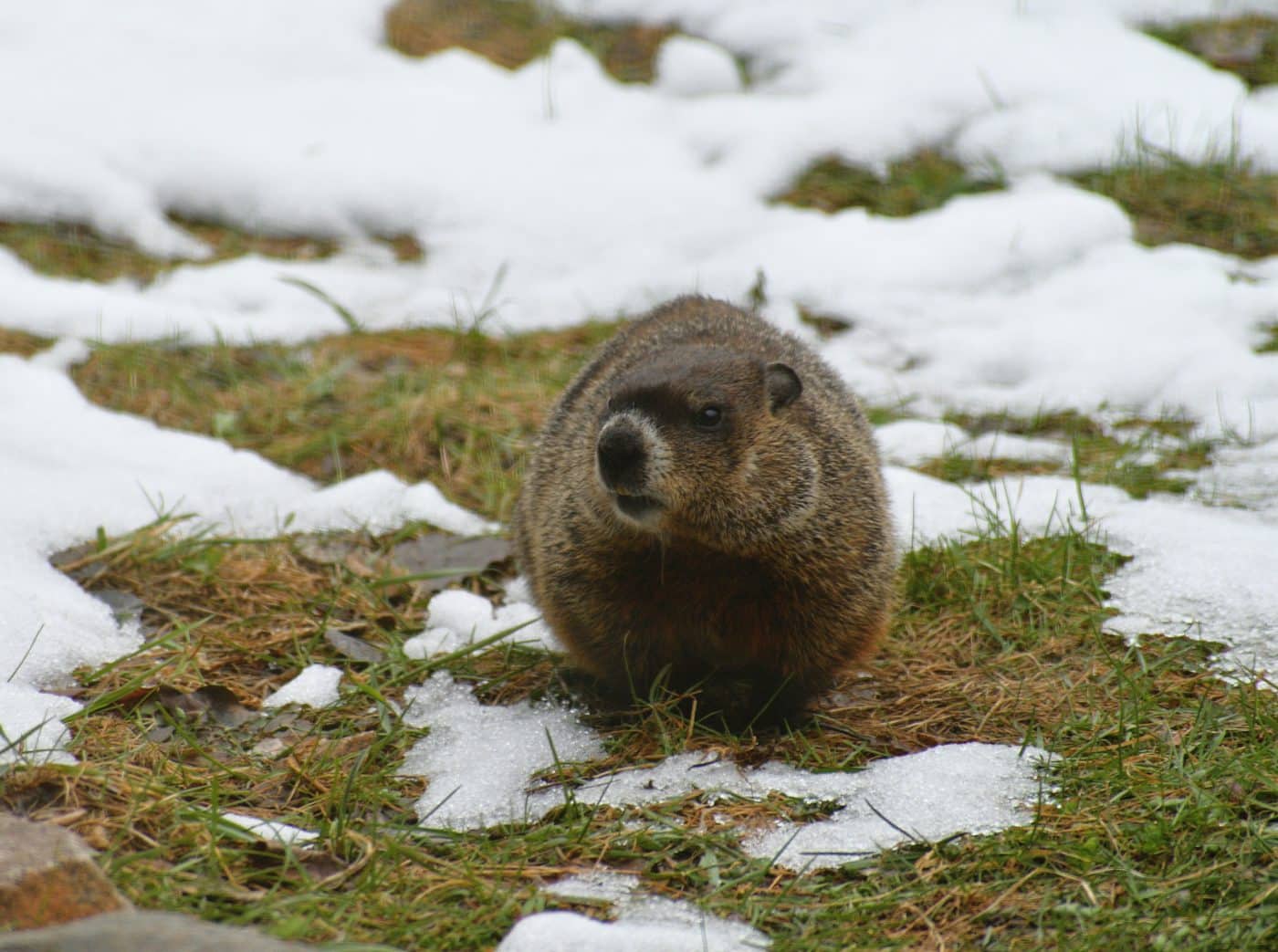

Groundhogs go all out when it comes to hibernation, entering a deep sleep that can last for months. Their body temperature drops to the point where it matches the surrounding environment, and their heart rate slows dramatically. Unlike other animals that might wake up periodically, groundhogs remain completely dormant throughout the winter months. This extreme hibernation makes them a favorite winter-time subject of fascination and has earned them a reputation as some of the deepest sleepers in the animal world.
Raccoons Take Short Naps—But Not the Full Hibernation Route
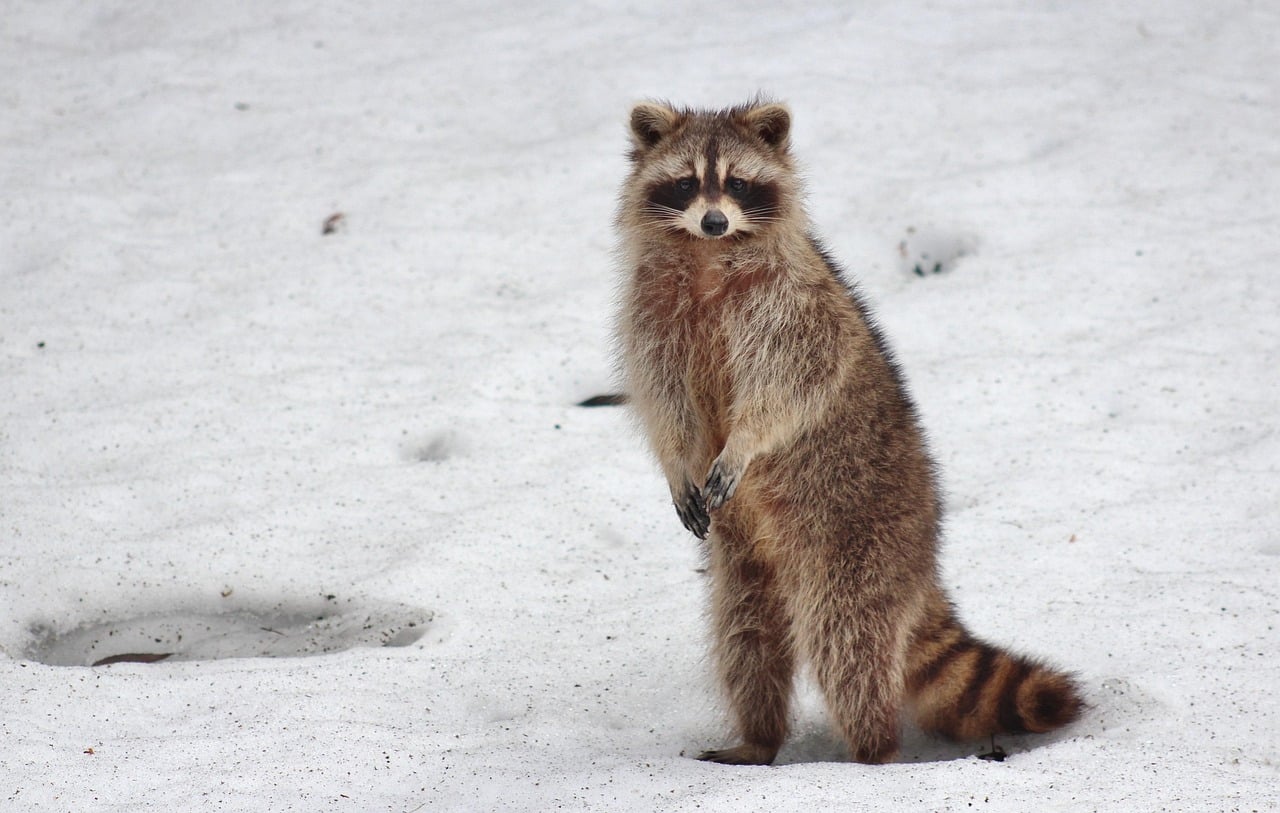

Though raccoons don’t hibernate, they do enter a form of torpor during winter. Their metabolism slows significantly, causing them to rest for extended periods in sheltered places like tree hollows or even attics. However, when temperatures rise, raccoons may briefly wake up to forage for food before returning to their nap. This semi-dormant state keeps them alive without fully shutting down like many other hibernators do.
Skunk Huddles Are the Ultimate Group Nap
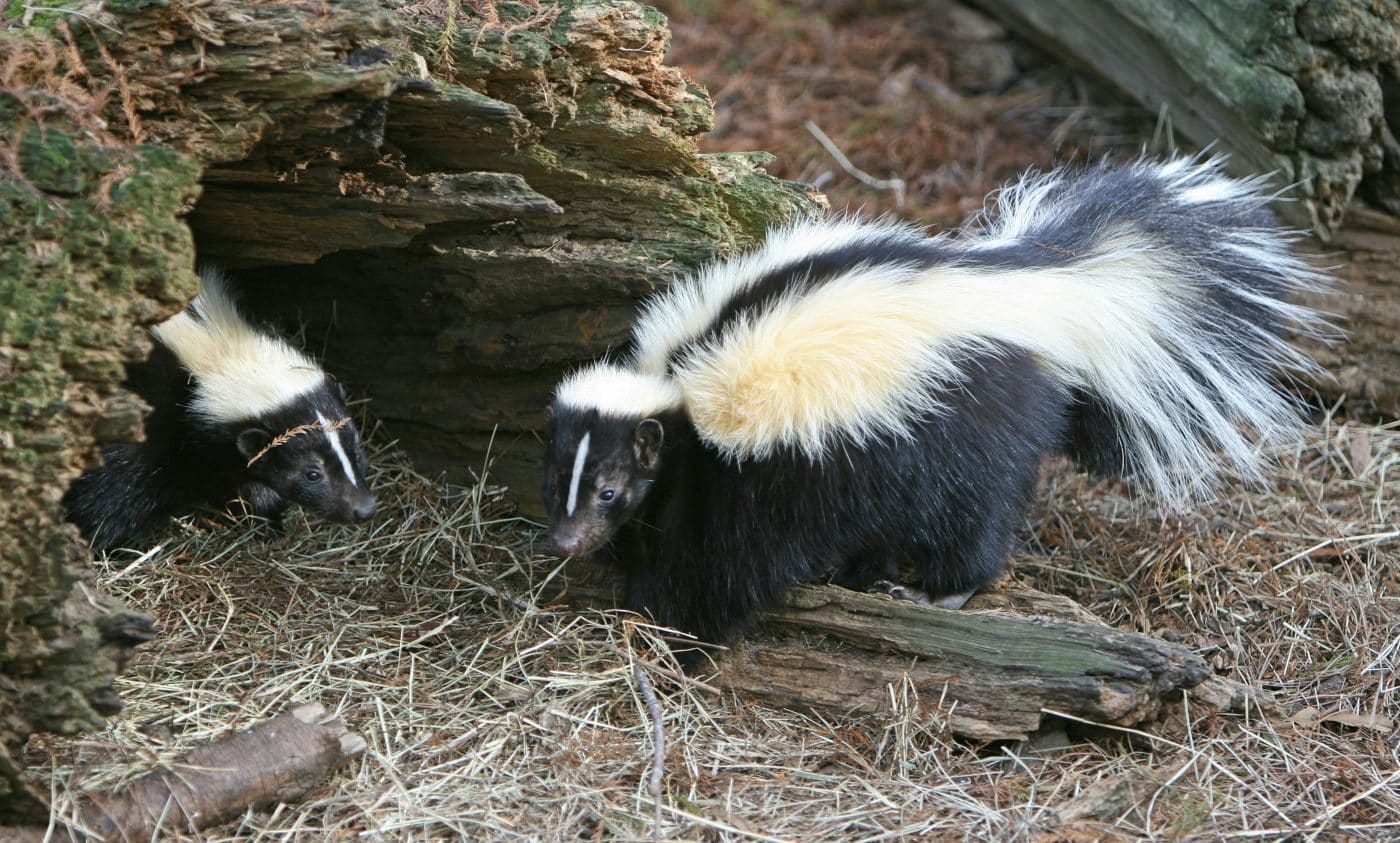

While skunks don’t fully hibernate, they spend the cold months in a state of torpor, often snuggling together in cozy dens for warmth. They huddle up in groups, sharing body heat to stay comfortable during long, chilly nights. Skunk huddles offer these animals a survival strategy for enduring the cold, and despite their deep sleep, they still retain their defensive capabilities—waking up to defend themselves when necessary. It’s a unique form of hibernation, where safety and comfort come in numbers.
Bees Throw a Winter Cluster Party for Survival
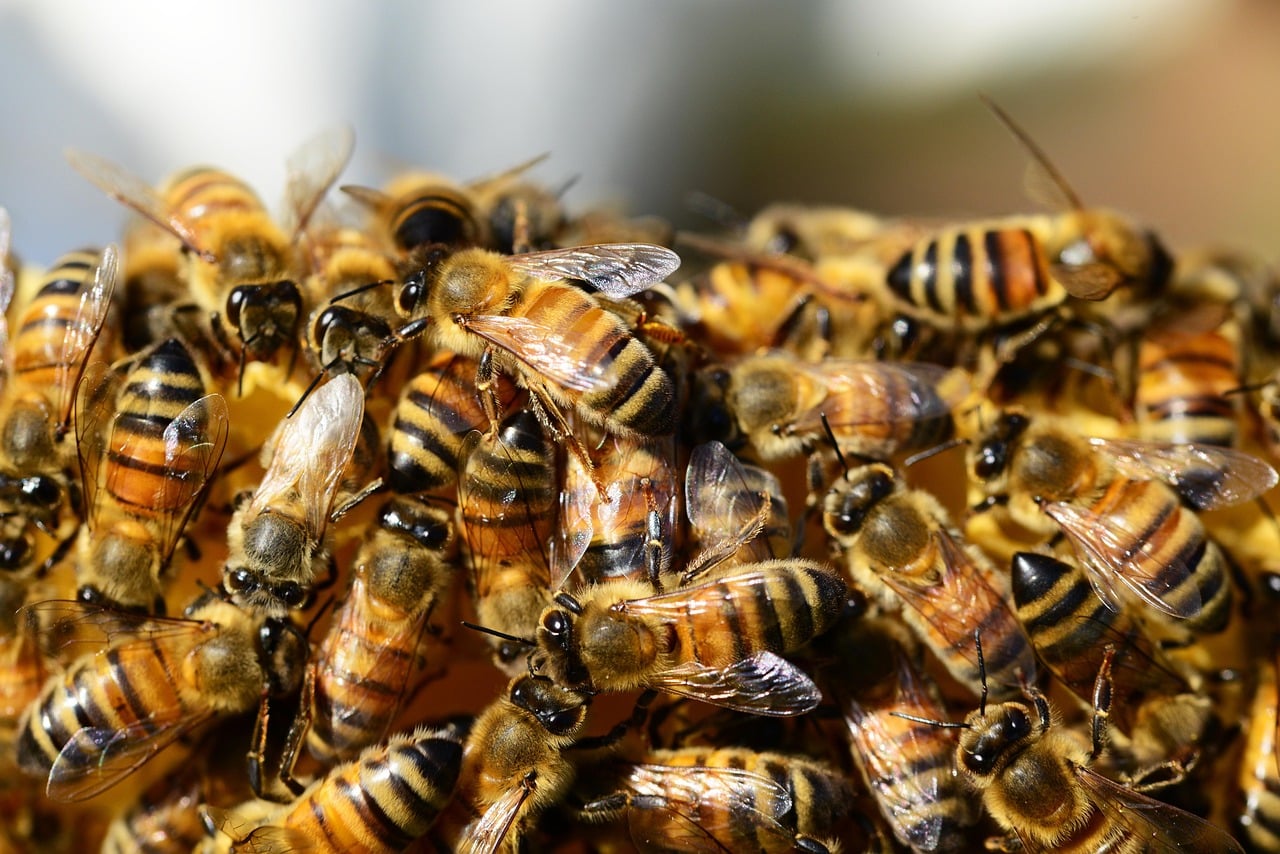

During the winter months, honeybees create tight clusters inside their hives, generating heat to keep their queen alive. They vibrate their wing muscles, keeping the hive warm by rotating positions, with the outer bees moving inward for warmth. This team effort ensures the survival of the entire colony. By clustering together in a “party” of sorts, bees show us that sometimes surviving winter is all about working together to generate enough heat.
Ladybugs Hibernate in Giant, Cozy Groups
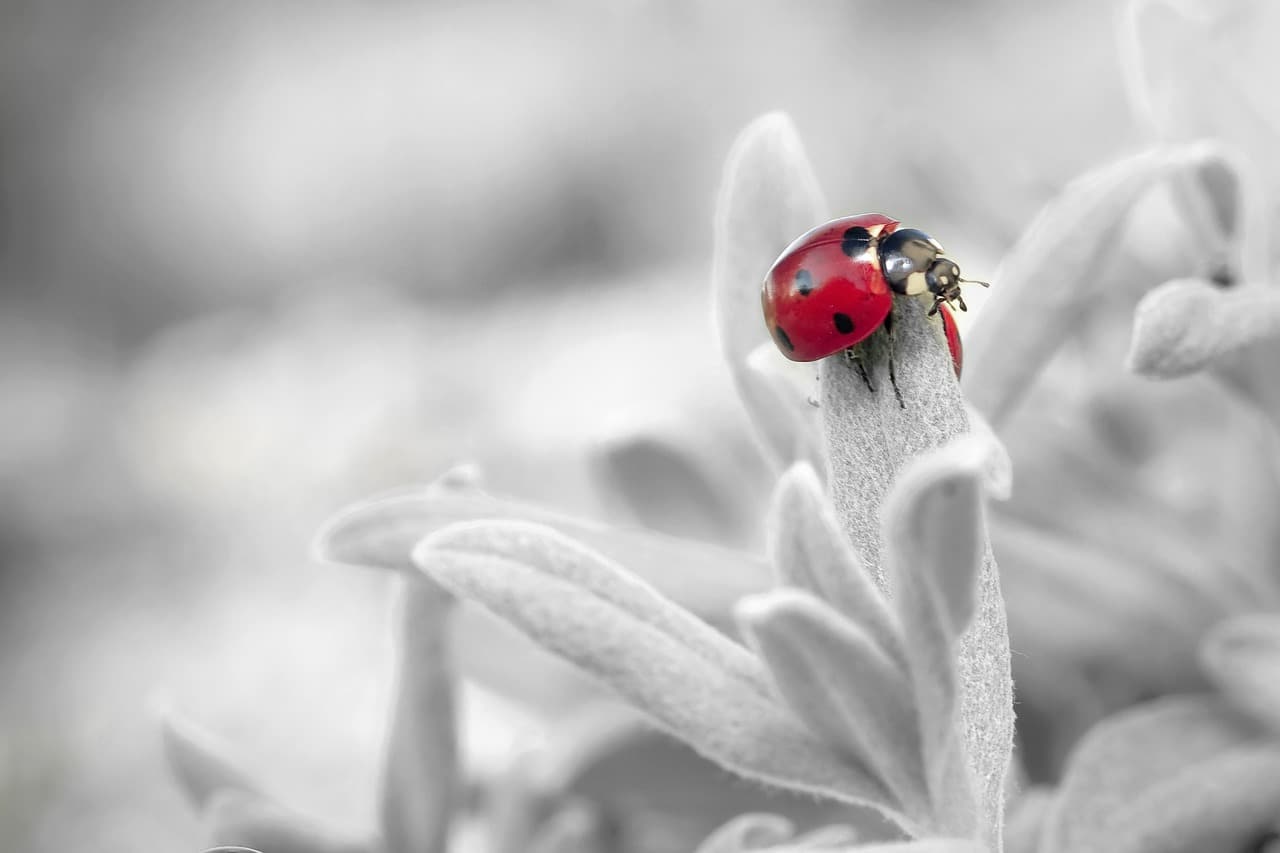

Ladybugs are known to form massive clusters for winter hibernation, gathering in hidden spots like tree bark or cracks in rocks. These clusters can include thousands of beetles, all huddling together to preserve warmth and energy. Their collective hibernation allows them to survive until spring when they can forage for food once again. But while ladybugs may be cute, a massive cluster of them in your home is a sight you won’t soon forget.
European Badgers Hibernate in Cozy Burrows


European badgers make use of their underground burrows to hibernate through the winter, entering a state of torpor. Though they aren’t in full hibernation, badgers use this time to rest while relying on their stored fat and thick fur to stay warm. Their communal approach to hibernation means badgers often share their burrows with family members, creating a snug winter refuge. In this way, badgers stay safe and well-rested until the warmth of spring arrives.
Dormice Sleep Through the Longest Winters
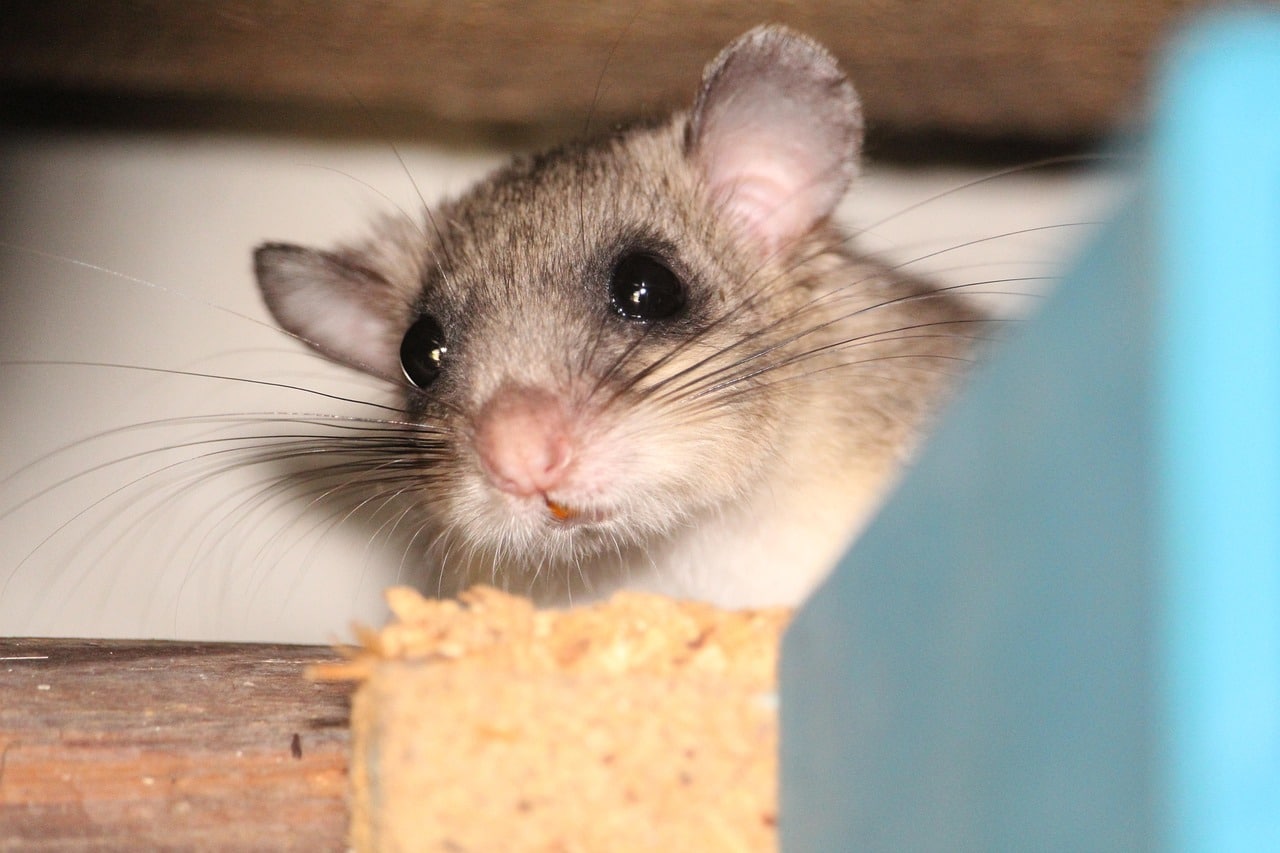

Dormice take the title of the deepest sleepers in the animal world, hibernating for up to six months at a time. During their extended winter slumber, their heart rate slows to nearly nothing, and their body temperature drops dramatically. They curl up in cozy nests made of leaves and moss, making sure they’re tucked in tight for the long sleep ahead. These tiny rodents prove that the best way to survive winter is to completely check out and sleep through the coldest months.
Alpine Marmot’s Family Sleepover Keeps Them Warm
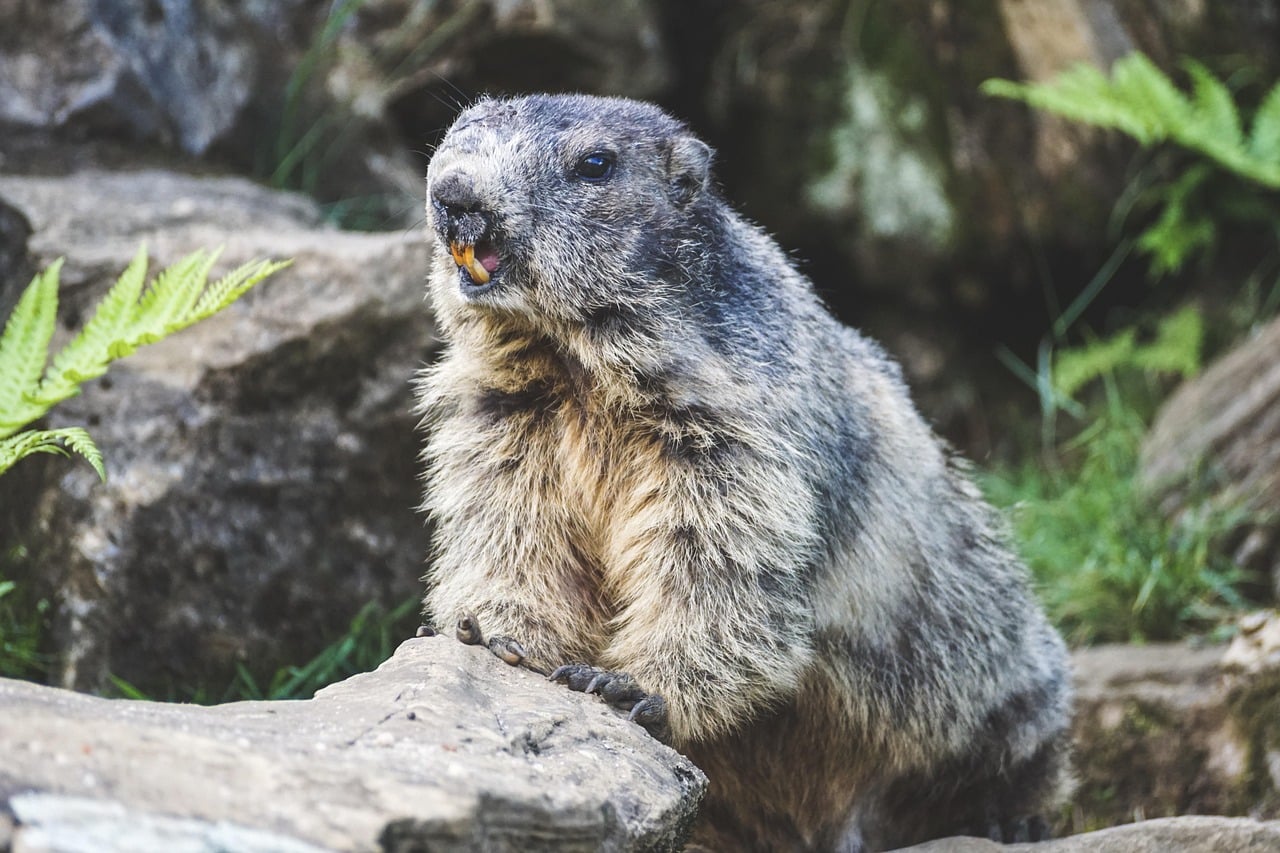

Alpine marmots are social animals that hibernate together in family groups. By accumulating fat reserves during the summer, they prepare for a long hibernation that can last for up to seven months. The cold doesn’t bother them when they’re bundled up together in burrows, taking turns to stay warm. This family-centric approach to survival ensures that everyone remains safe and comfortable during the harsh winter months.
Bears Are Semi-Awake During Their Winter Nap
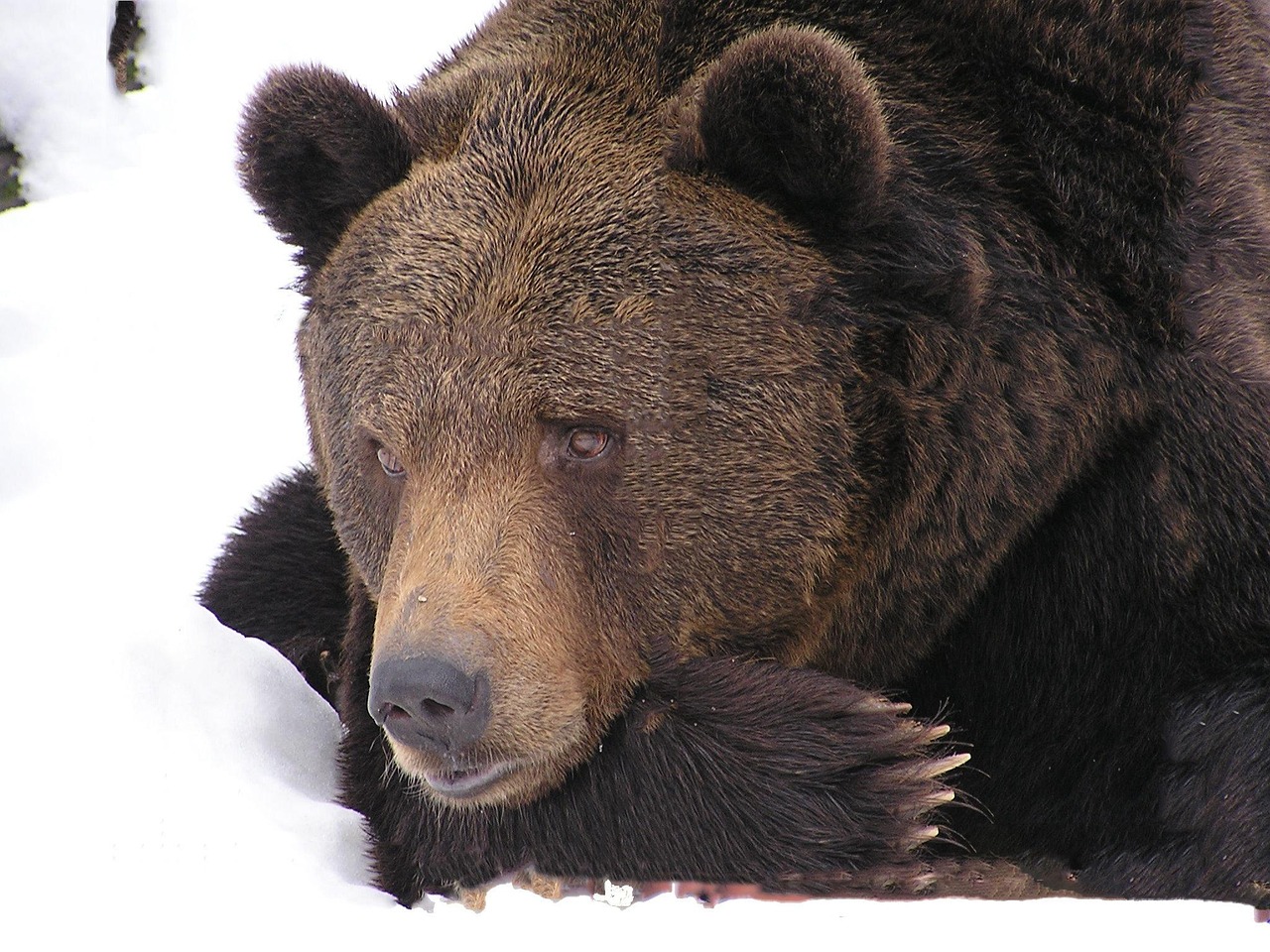

Contrary to popular belief, bears don’t fully hibernate. Instead, they enter a state known as torpor, where their metabolism slows, but they can still wake up if necessary. During this time, they remain in their dens, sometimes even giving birth. While they may seem like deep sleepers, they’re still semi-alert to their surroundings, meaning they’re more aware than we might expect from an animal in winter dormancy.
European Common Toads Take Their Own Winter Chill
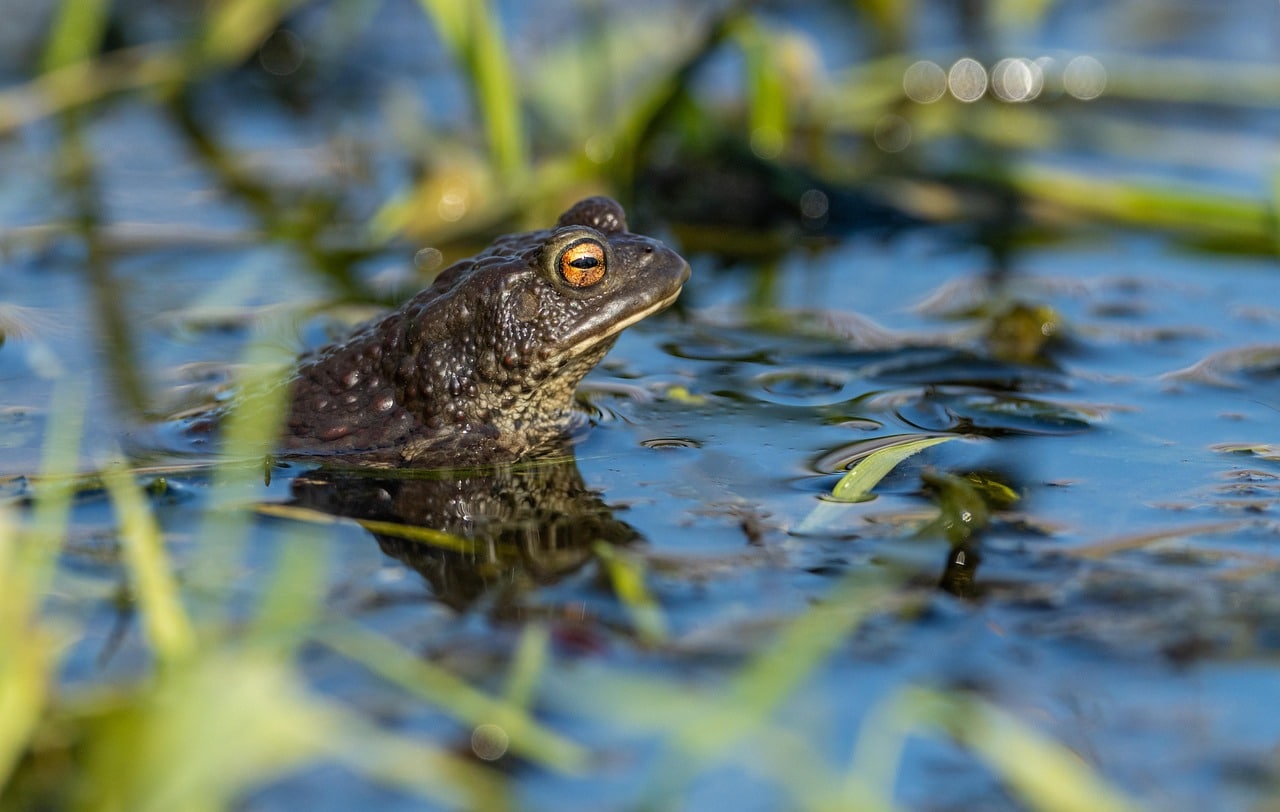

The European common toad is another amphibian that survives winter by burying itself underground. Unlike frogs, these toads don’t freeze solid but maintain just enough warmth to avoid becoming frozen. They enter a state of dormancy until spring arrives, ready to emerge and resume their life cycle. It’s an amazing survival strategy, proving that sometimes, the key to enduring harsh winters is simply to take a long, chilled nap.
Hibernation Masters Of The Animal Kingdom
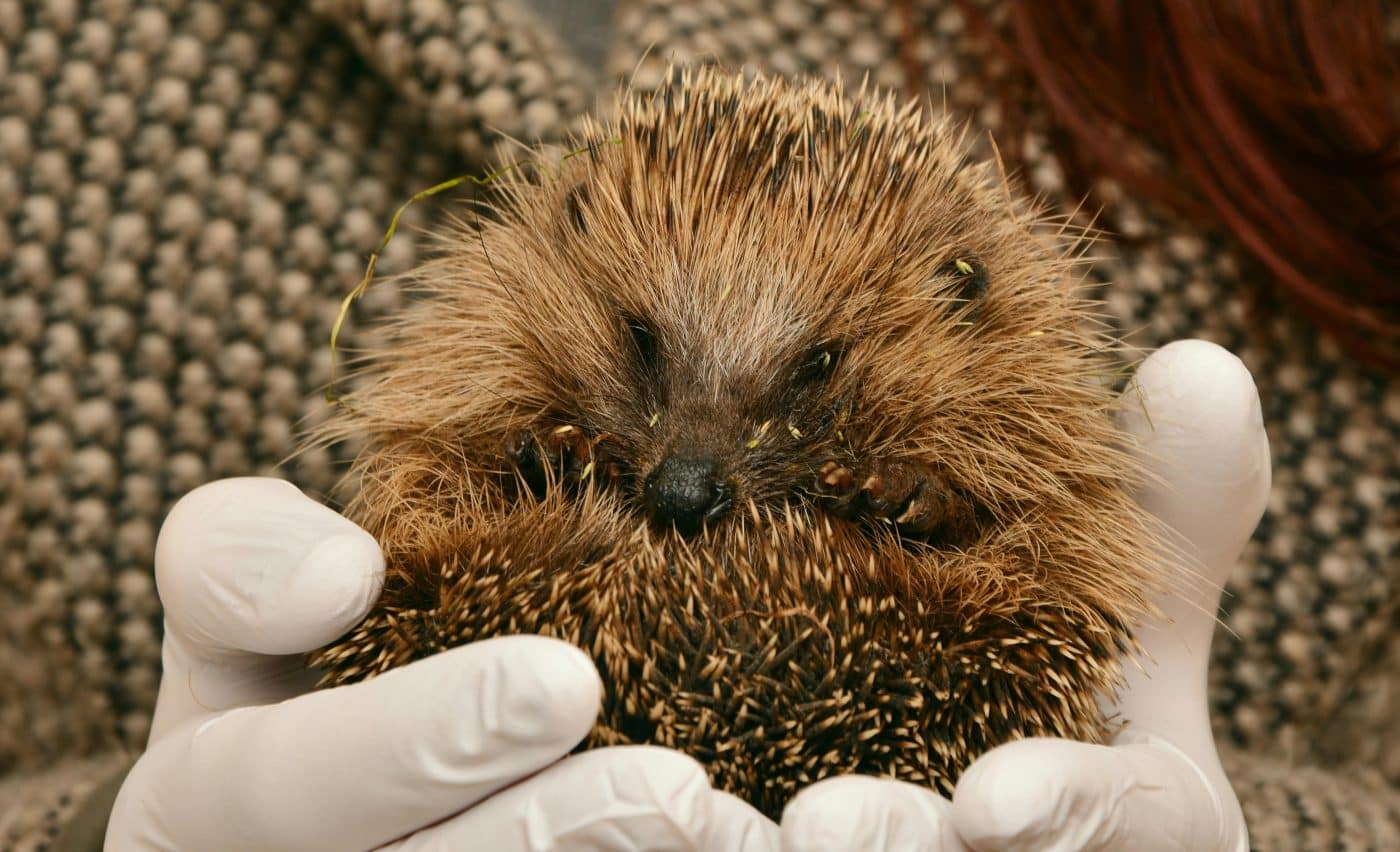

These incredible hibernators have truly mastered the art of surviving winter. Each has developed unique, sometimes bizarre methods to endure the cold months, showcasing nature’s incredible ingenuity. While we struggle to face winter mornings, these animals demonstrate that the key to surviving the chill might simply be a long, restful sleep. Perhaps it’s time we take notes from these hibernation experts and embrace the power of rest. After all, nature’s best winter sleepers have figured out how to stay cozy and survive with minimal effort.

